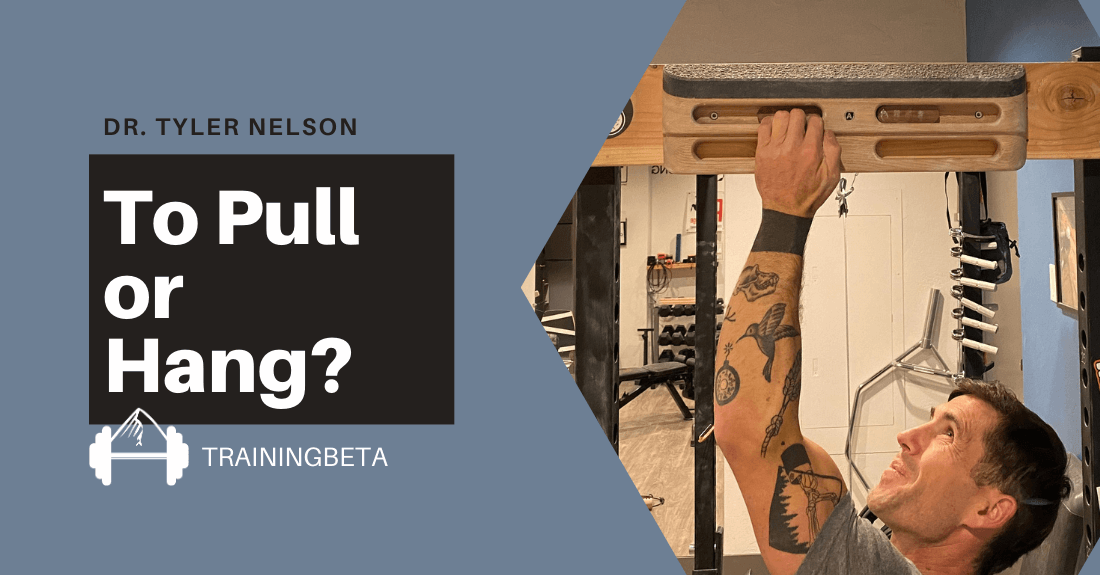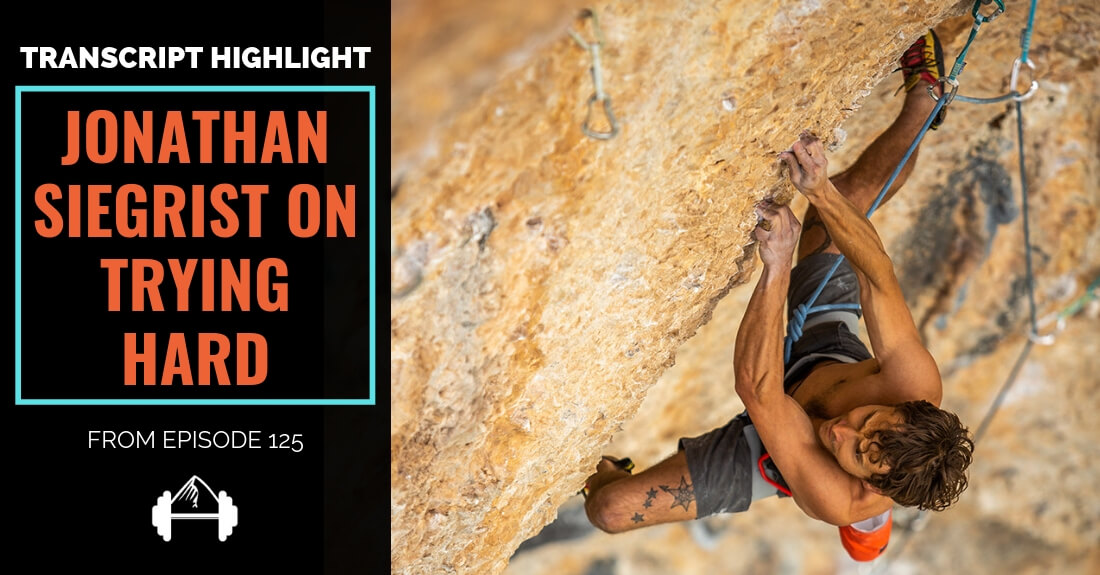For many of us the reason we train is to get stronger so we will be able to climb our next hardest route or boulder problem. While this process is obviously a large part of what make climbing such an amazing and rewarding sport, it does imply a sort of linear progression where improvement is only measured by ticking the next grade.
Today, we have an article from Deadpoint Magazine by Emily Harrington in which she talks about how her climbing goals have changed over time and how this has also changed her definition of what progression means for her in climbing.
“Eventually climbing evolved into a true lifestyle. I found love in its diversity and the unique places it took me. Progress for me now comes in the form of exploring it through several mediums, exposing myself to situations outside my comfort zone, and gaining the experience that allows me to expand my skill set and push my abilities in a broader scope.” – Emily Harrington
Emily Harrington on Redefining Progression
For Emily, progression and success are defined more by climbing something that was previously beyond her limits. Whether that is 5.9 or 5.14 is irrelevant. While this distinction may seem relatively small, it is actually a major mental shift. It implies trying the routes, boulders, walls, or peaks that will be hardest for you personally not just the ones that fit your style but are one notch harder than your previous best effort.
Focusing on Overall Improvement
Redefining progression in this way changes your focus from a linear progression through the grades to overall improvement as a climber. While there is certainly nothing wrong with working hard to achieve the next grade, remember that if you really want to reach your potential as a climber, then overall improvement is the best thing to focus on. By focusing on getting better and expanding your comfort zone in climbing, not only will the next grade probably come, but you are essentially targeting your weaknesses and will become a much better and more well rounded climber in the process.
Click through below to read more about how Emily has made this transition in her own climbing. Ultimately, this mental shift is not something everyone needs to make right away. However, if you are focused on improving in the long run then it is something you will have to come to terms with eventually.
Full Article: Emily Harrington: Aim High, Fail Often
(link no longer available)
(photo courtesy of dpmclimbing.com)
Other Articles You Might Like:
- Training – Emily Harrington’s Mountain Life
- Emily Harrington- Training For Your Goals
- Emily Harrington on Getting Back in Shape after A Long Break
- Tips for Getting Better Not Stronger






Leave A Comment